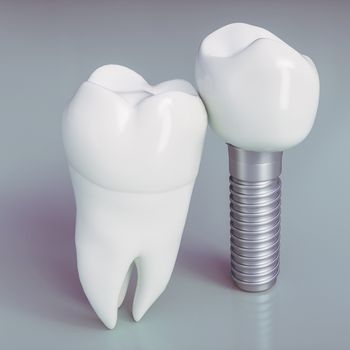
In the last several years, great efforts have been made to replace amalgam fillings – which are fraught with disadvantages and therefore no longer used – with inlays made of modern composite resins. Because of the substantial challenges set by intensive daily use, these materials must be extremely durable and able to retain their shape. In order to verify a given composite’s suitability to this purpose, it is therefore necessary to determine precisely key mechanical properties such as micro-hardness and elasticity. Only then is it possible to guarantee optimal long-term results for the patient.
Enticing snacks and beverages with high sugar and/or acid content are a constant temptation in today’s vast offering of fast and prepared foods. Even the best oral hygiene has trouble keeping up; often, the side effects of unhealthy eating habits are cavities. As a result, the removal of caries and the placement of fillings have become common practice. However, the age of ugly black fillings is coming to an end, as tooth-coloured inlays and onlays of composite resin are replacing their unsightly amalgam precursors.
Composite fillings are made of microscopic ceramic and glass particles set in a light-activated resin. Because the colour can be matched to existing natural teeth, they represent a big cosmetic improvement over old amalgam fillings; nonetheless, they must still be able to retain their shape and withstand the wear and stresses to which teeth are normally exposed. These are just the minimum suitability requirements for their use in dental repair work.
The demands placed on dental composites are therefore quite high: they must be able to guarantee a certain hardness, a certain elasticity, long-term stability in colour and form, as well as flawless adhesion to the healthy tooth material.
The micro-hardness and elasticity parameters (Young’s modulus) of the various, often nearly identical makeups of dental composites can be determined precisely and accurately using the FISCHERSCOPE® HM2000. Without extensive preparatory effort, samples can be placed into the HM2000 and measured; a few minutes later, the process is done. Using its high-precision sample stage, automated test sequences can be programmed to, for example, detect inhomogeneities in the composite material. Comparing “untreated” composites to samples exposed to e.g. acids can provide the basis for deducing the filling’s ultimate durability in daily use. The HM2000’s high repeatability precision and its extreme accuracy make it possible to see even the slightest of differences.
With the FISCHERSCOPE® HM2000, mechanical properties such as micro-hardness and elasticity can be determined precisely for dental composite resins, allowing conclusions to be drawn about their imperviousness to the impacts of aggressive food substances. For further details please contact your FISCHER representative.